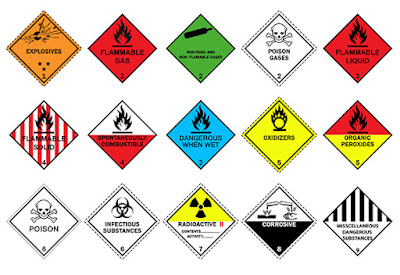Training for Toxic and Hazardous Substances—Cotton Dust
As per the Occupational
Safety and Health Administration (OSHA) - 29
CFR 1910.1043(i), Training for Toxic and Hazardous Substances—Cotton
Dust is mandatory. Generally, this
training provides awareness about the hazard and make the workplace safer.
Himaya
Prevention Private Limited have a large portfolio of qualified and highly experienced
trainers to provide training at your site.
Targeted Audience for training:
All
employees with occupational exposure:
Training upon initial work assignment that covers all five topics
described in the regulation
Training Frequency:
This
training is generally recommended Annually,
or when job assignments or work processes change, or when employee performance
shows retraining is necessary.
Common terms are used in Toxic and Hazardous Substances—Cotton Dust Training Session.
Action level
An airborne level, typically one-half of the PEL designated
in OSHA’s substance-specific standards, 29 CFR 1910, Subpart Z , calculated as
an eight (8)-hour time-weighted average, which initiates certain required
activities such as exposure monitoring and medical surveillance.
Ceiling Limit
The exposure limit a worker’s exposure may never exceed.
Sampling and Analytical Error
A statistical estimate of the uncertainty associated with
the given exposure measurement.
Short-Term Exposure Limit (STEL)
The average exposure to a contaminant to which a worker may
be exposed during a short period (typically 15 – 30 minutes).
Time-Weighted Average (TWA)
The average exposure to the contaminant over a given period
of time, typically 8-hours. For examples of how a TWA is calculated, see the OSHA Technical Manual.





0 Comments
Comment your doubt or opportunity to improve